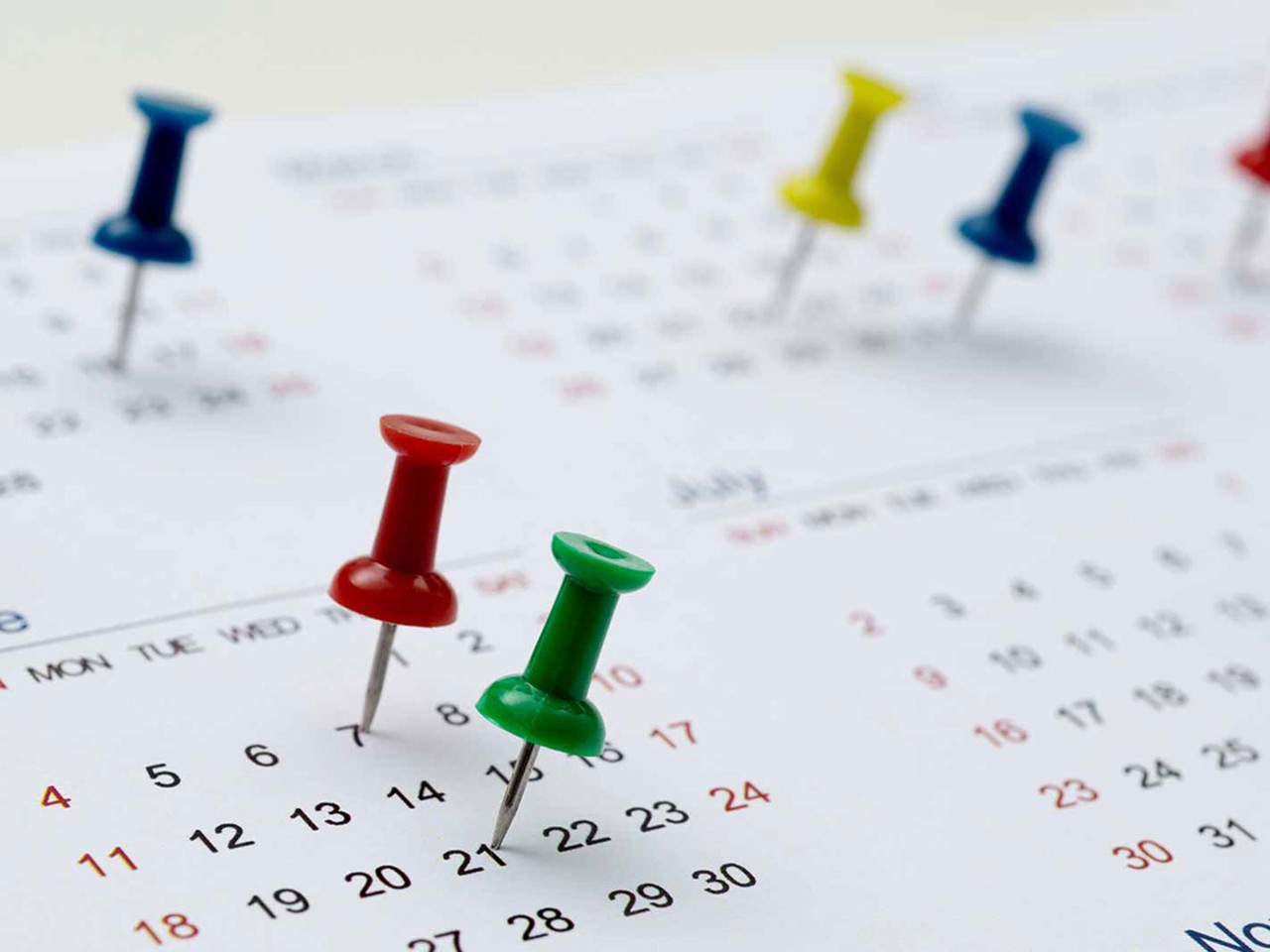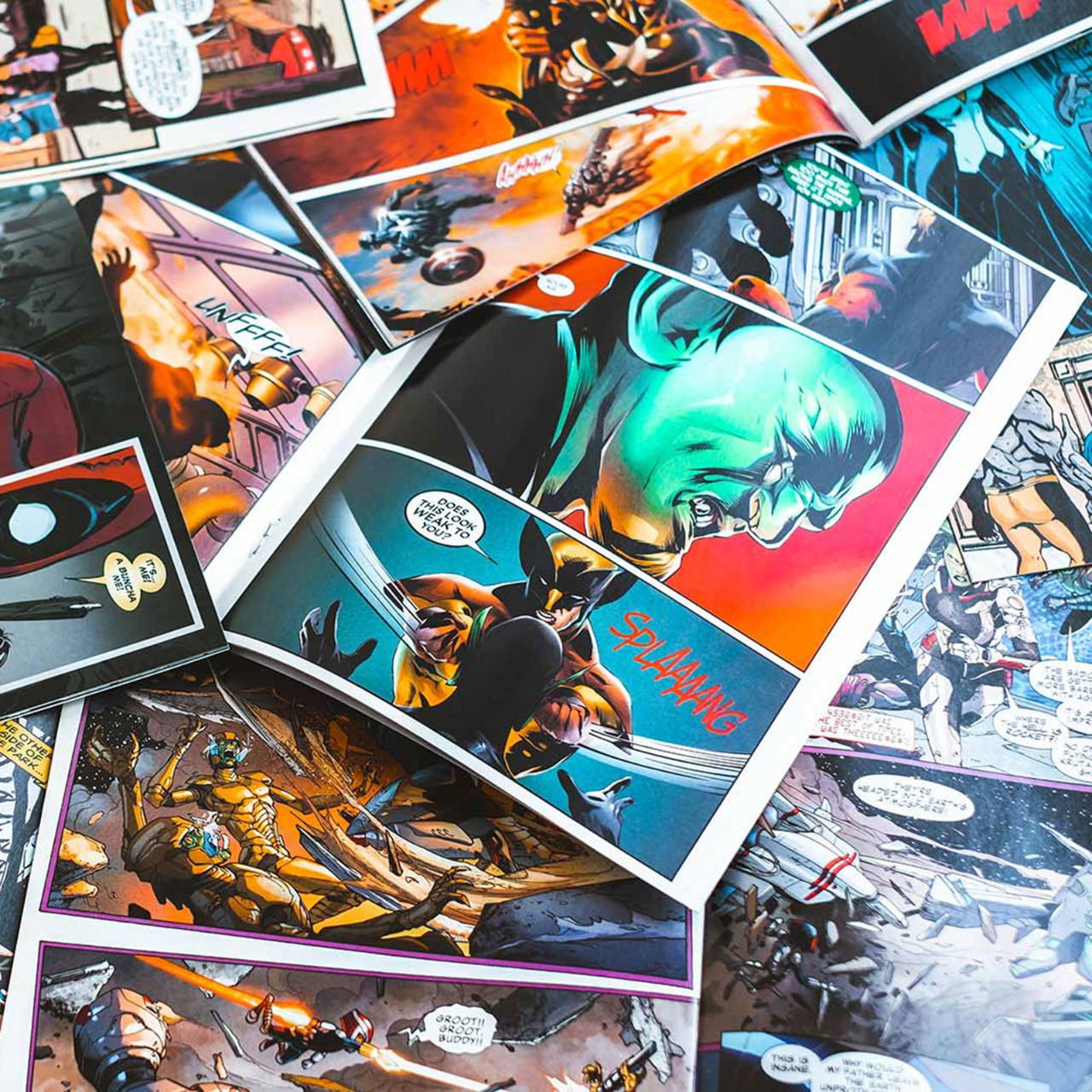
If your expectation of a money museum is rooms full of neat numismatic displays, it’s time to think again. With financial literacy a pressing issue internationally (see this AB article), the potential for money and financial museums as hubs of education and dialogue is increasingly recognised.
While accountants may not need a primer on how money works, money’s rich and layered history means there’s always something new to learn (see the box below for some things you probably didn’t know), not least how to communicate complex financial concepts to others. Money museums are also useful reminders that, from beads to bitcoin, the principles of currency have remained strikingly similar through the millennia. ‘Money evolved from a simple bartering mechanism to the hugely complicated structures we use in our everyday lives,’ says John Lowe of advisory firm Money Doctors. ‘As long as it was divisible and scarce, it could be deemed money.’
‘Great fun for children, the highlight being to hold the gold’
What has changed is the use of new technology and interactive exhibitions to tell this story, placing the societal and personal dimensions of money alongside the artistry and ingenuity of banknotes and coins. A current exhibition on the future of money at London’s Bank of England Museum, for example, has been directly shaped by questions from the public. Curator Jennifer Adam says that ‘to create this exhibition we looked at questions received by the bank … which we then took to experts working on these issues’.
Whether you’re an avid museum goer, a business traveller with a few hours to kill or a parent in need of some colourful but worthy distractions, money museums offer the opportunity to explore the dynamics of finance and money in fresh ways. AB has chosen seven world-class offerings to illustrate what to expect – with none costing a penny, or any other divisible amount, to visit.
Five money facts
- A temple to the Roman goddess Juno Moneta doubled as a minting house in ancient Rome, providing the origin of the word ‘money’. The name ‘Moneta’ derives from the Latin ‘monere’ meaning ‘to warn’ – the cackling of the temple’s sacred geese is credited with saving Rome by alerting guards to an attack by Gauls in 390 BC.
- The term ‘cheque/check’ comes from chess. Just as putting the king in check limits the piece’s choices in the game, so a paper cheque limits opportunities for forgery or alteration.
- Irish-born merchant Oliver Pollock is credited with inventing the US dollar sign in the 18th century, largely due to sloppy handwriting – he abbreviated pesos (the common name for the par currency of the Spanish silver dollar) as ‘ps’ but ran the two characters together. The $ sign never has, and does not now, appear on any US currency.
- The term bankrupt derives from the Latin ‘bancus’ meaning ‘bench’, from which bankers operated in a marketplace, and ‘ruptus’ meaning ‘broken’. If a banker could no longer trade, the bancus was broken to signify closure of business.
- The first ATM opened at Barclays Bank in Enfield, London, in 1967. The first cash machine in Ireland opened at the Stillorgan shopping centre in 1980.
Sources: John Lowe, Money Doctors and IrishCentral.com
More information
Our ‘light reading’ special edition is packed with articles to entertain and inform finance professionals as we head into the holiday season. Find out who is the most profitable Marvel superhero or get tips on how to reset at work in January. Out now.



